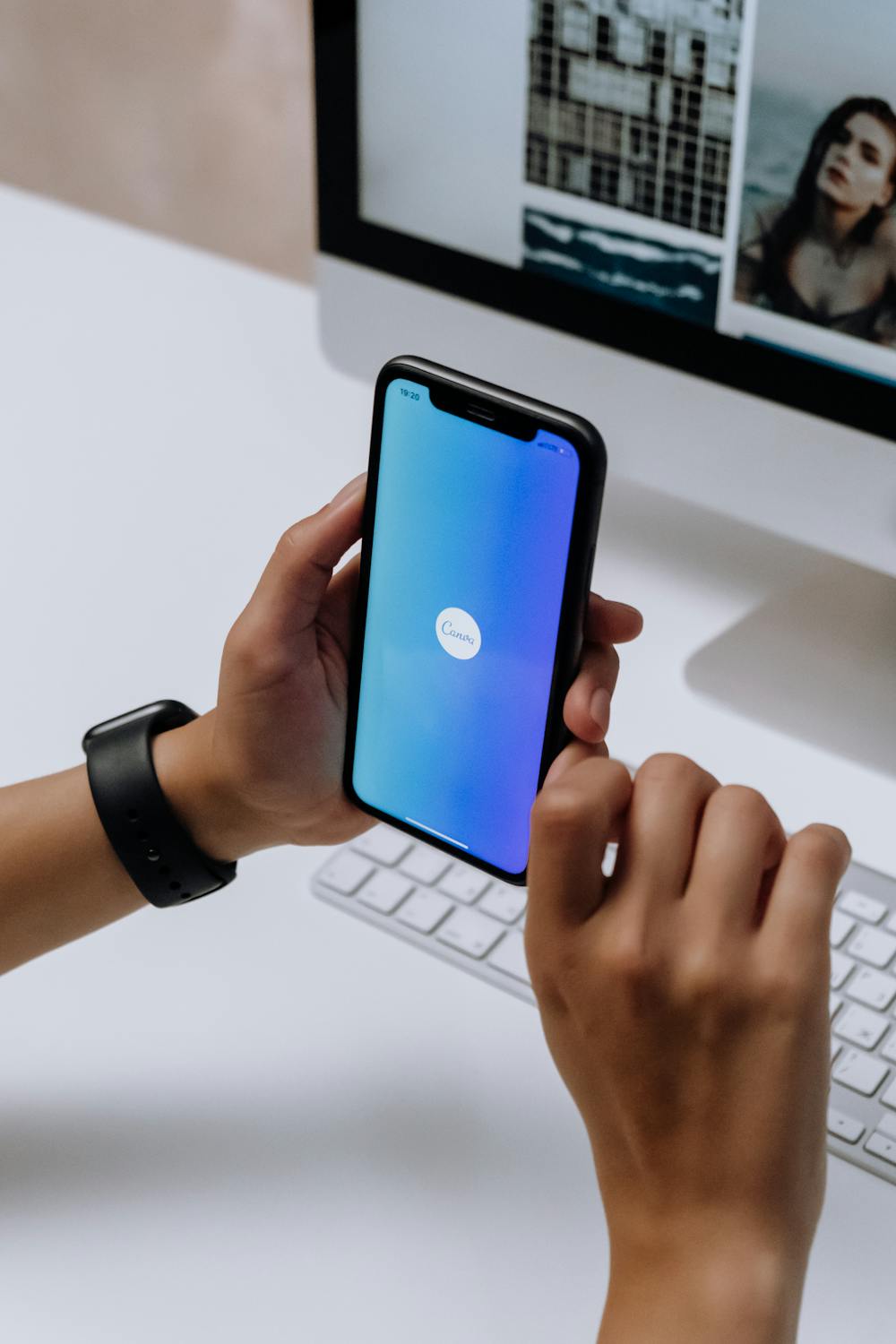Schedule a Demo
Dark mode has emerged as a significant design trend, often celebrated for enhancing user experiences. In the realm of healthcare websites, where clarity and ease of navigation are paramount, adopting a dark interface might initially seem counterintuitive. Yet, the benefits are not to be overlooked. Dark mode, by reducing the luminance and blue light emission from screens, may improve user comfort. Especially in environments like hospitals or clinics, where staff may be viewing screens for long hours, this reduction in eye strain could be crucial.
In my experience assisting operations managers in healthcare settings, I've seen how screen brightness can cause discomfort over time. Interestingly, a study by the Journal of the American Medical Association (JAMA) hints that dimmer displays may help maintain melatonin levels, indirectly supporting better sleep patterns for healthcare workers—a key consideration in shift-based work schedules.
However, implementing dark mode requires meticulous design attention. Text readability and contrast ratios must be optimized to meet Web Content Accessibility Guidelines (WCAG). The dark background, with light text, poses its own challenge in healthcare contexts, especially when considering users with visual impairments.
While the potential benefits of dark mode are compelling, its practical application comes with complexities, particularly in healthcare. The aesthetics of dark mode need to align with the serious tone of medical environments. Gone are the days where simple color swaps suffice; designers now have to carefully balance contrast to ensure all interface elements remain perceptible, an issue exemplified in studies from the World Wide Web Consortium (W3C).
Compliance with patient data regulations like HIPAA adds another layer of complexity. When designing dark mode for patient portals and data management systems, ensuring that security features and data presentation are clear can be tougher. Personalized interfaces must also maintain confidentiality, a concern that intensifies as users toggle between light and dark interfaces.
Furthermore, different devices present unique challenges. The variation in screen resolutions and light sensitivity means what works on one device might not hold up on another. Testing dark mode across a plethora of devices, from smartphones to desktop monitors in clinical environments, requires thoughtful consideration—a scenario I've navigated in past custom software development projects.
The shift to a darker palette impacts not just user comfort but also the branding of healthcare institutions. A hospital's branding might resonate differently in dark mode; the familiar colors and logos that establish trust and professionalism may appear transformed. It's a subtle, yet significant, factor to evaluate as dark mode affects the overall mood and perception of a website's design.
This transformation becomes a part of the holistic patient and staff experience. In the digital realm, first impressions are essential. I've witnessed first-hand how meticulous attention to these details can maintain a clinic's core identity while embracing a novel interface style.
A lesser-discussed but noteworthy advantage of dark mode is its potential to conserve battery life on OLED screens. For mobile devices—a common tool in healthcare workflows—this could translate to longer usability between charges. Yet, it's important to remember that performance gains vary widely across devices, a factor healthcare IT teams must evaluate for seamless operation.
Performance extends beyond mere battery savings. The implementation of dark mode must be executed efficiently to avoid slowing down pages, which can severely impact user experience, particularly in time-sensitive medical environments where every second counts.
The era of personalization continues to empower users. Offering dark mode as an option can improve user satisfaction by catering to individual preferences. In healthcare systems where multiple users, from patients to medical professionals, interact with the same portal, flexibility becomes essential. Allowing users to toggle between light and dark interfaces acknowledges these diverse needs.
At the same time, offering such options amplifies the importance of user education. According to a report by Forrester, a smooth, intuitive interface transitions lead to better user adoption rates—an important metric for healthcare websites and custom software designed to streamline operations.
The debate around dark mode's place in healthcare website design is far from settled. The interaction of dark interfaces with the critical nature of medical information and the need for uninterrupted service poses unique considerations. Yet, the trend towards more adaptive, user-centric designs continues, driven by the needs and preferences of a technologically evolving healthcare landscape.
As dark mode matures and more studies emerge—referenced, for example, in publications like the British Medical Journal (BMJ)—we may see clearer pathways to its optimal use. Balancing the allure of innovation with the foundational necessity of accessibility, security, and usability is essential as health organizations navigate the complex shadows of digital design.
Ultimately, the decision to embrace or eschew dark mode will rest on a comprehensive analysis of its potential to enhance patient and staff experiences, balanced against the realities of implementation and the stringent requirements of healthcare digital infrastructure.
